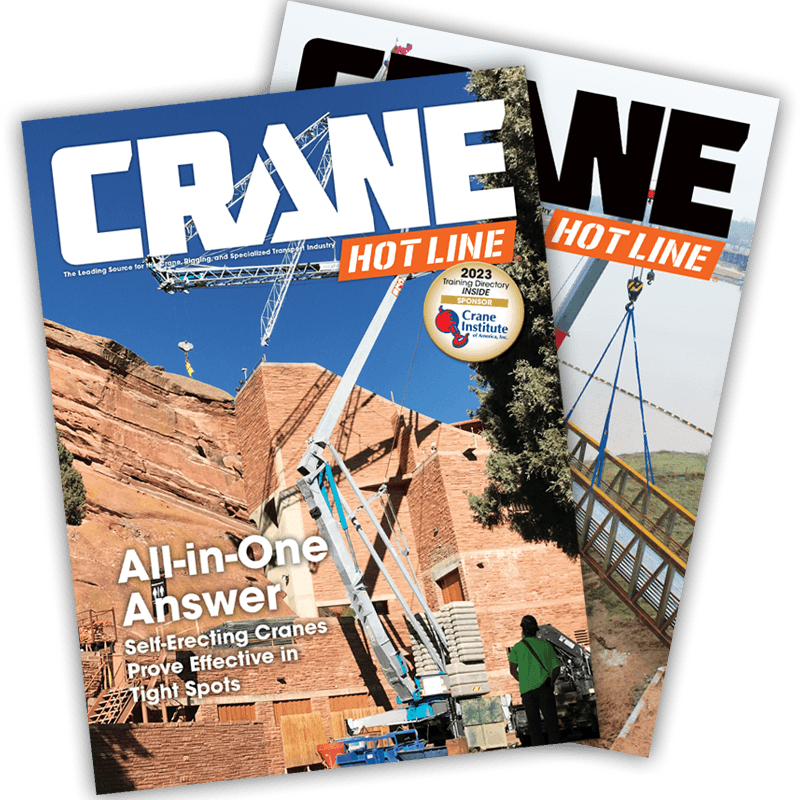Konecranes Wins Hot Metal Crane Order From Xstrata's Sudbury, Ontario Nickel Mine
The cranes are AIST 6, Class 3, and are rated for severe continuous duty. Their four-girder configuration on a 60-foot span includes two larger girders 25 feet apart, equipped with a main 100 tonne trolley, plus two smaller girders holding a 40-ton auxiliary trolley that runs between the two sets of ropes for the main hoist. The main hoist lifts the ladle, while the auxiliary is able to tip and pour the ladle in either direction as the container of hot molten nickel, or matte, moves from one converter to the next along the converter aisle. The crane also carries ladles to an area where slag is poured off. At the end of the converter process, the crane transports the molten matte, now 80 percent pure nickel, to the granulator where it is blown into peanut-sized pieces for further refining elsewhere in the plant.
“Key features of the cranes are redundant controls and mechanics, including motors, drums, gear machineries, and electrical systems, plus wired-in spare inverters ready to go to work at the flip of a switch,” says David Clamp, regional sales manager for Konecranes. “All of the features that have set new standards for reliability in hot metal cranes are included in this package. We were able to offer Xstrata references for this technology and how it has performed in very similar environments—a proven track record.”
The cranes are designed to operate reliably in the sulfurous atmosphere of the converter aisle, with special protection for all exposed devices. They replace two 60-ton dc-powered cranes built 40 years ago and, with other process improvements, will nearly double throughput from 65,000 tons per year to 100,000 tons per year. They will be installed in an existing building, which offered special challenges in terms of design and startup.
“The sixteen-wheel design, spreading the wheel loads, was the result of Xstrata's request to offer cranes that could work in the existing space, without modifications to the structure,” said Tom Laughlin, Konecranes' project manager. “Using this design strategy, Xstrata did not need to increase existing rail size or reinforce the runway girders in the building.”
Installing the new cranes without shutting down production required additional proactive engineering. Laughlin says Xstrata will construct a 60 x 100-foot addition to its 600-foot building where the cranes can be installed without impacting production. When Konecranes completes crane installation and load testing scheduled for May of 2009, the wall between the two areas will be removed and the old cranes taken out during the first two or three days of a planned two-week shutdown.
“Xstrata will be able to handle 80 to 90 percent of the facility's production with either crane, and each crane can continue to operate even with half of its motors not running, which is peace of mind for a facility that operates 24 hours a day, 365 days a year,” says Clamp. “These are true process cranes. Even though Xstrata commissioned two cranes, they wanted the redundant features to ensure the highest level of crane availability. And as one of the world's largest nickel suppliers with global customer commitments, safeguarding the process was of the highest importance,” he stated.


